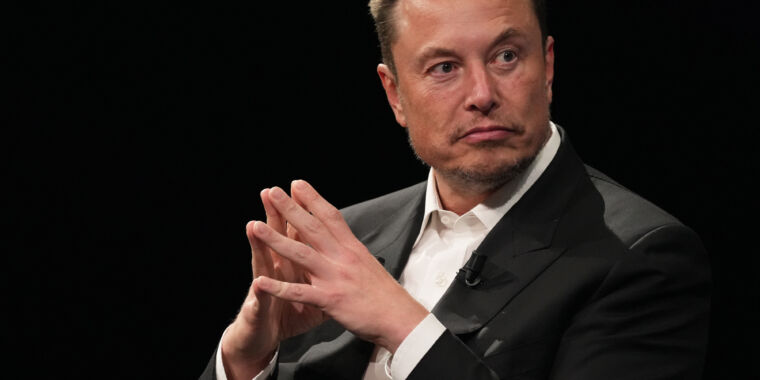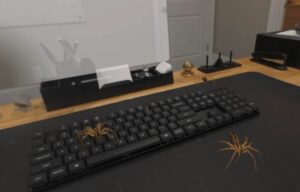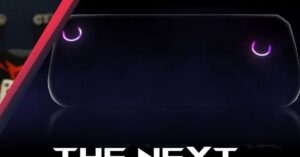The first invasive brain chip that Neuralink implanted in a human brain malfunctioned, with neuron-monitoring threads appearing to dislodge from the participant’s brain, the company revealed in a blog post on Wednesday.
It’s not clear what caused the fibers to “pull” out of the brain, how much they pulled, or whether the displaced fibers pose a safety risk. Neuralink, the brain-computer interface startup run by controversial billionaire Elon Musk, did not immediately respond to a request for comment from Ars. The company said in its blog post that the problem started in late February, but it has since been able to compensate to some extent for the lost data by modifying its algorithm.
Neuralink advertises that its invasive implant includes 64 flexible threads carrying a total of 1,024 electrodes that can detect neural activity. These flexible threads – described as thinner than a human hair – are individually inserted into the brain by the company’s proprietary surgical robot. The goal is to place the filaments near the neurons of interest so that the signals detected by the electrodes can be recorded and decoded into intended actions, such as moving a cursor on a computer screen.
On Jan. 28, the company announced it had surgically implanted its brain-computer interface in its first clinical trial participant, 29-year-old Noland Arbaugh, who developed quadriplegia after a diving accident in 2016. The surgery took place at the Barrow Neurological Institute in Phoenix. Musk announced on social media on Jan. 29 that Arbaugh is “recovering well” and that initial results are “promising.”
Neuralink and Arbaugh have since released video and live streams of Arbaugh playing video games using only his implant to make moves in a chess game and control characters in Mario Kart, for example. The only hint of trouble came on March 1, when Arbaugh answered questions at an all-hands meeting with Neuralink, in which he said at one point: “Obviously we’re still working on the kinks and stuff. But once we understand that, there’s no reason to [the implant] not be there,” according to The Wall Street Journal.
The Journal was the first to report that an unknown number of threads had shifted in Arbaugh’s brain. Neuralink posted its blog confirming the issue after the Journal published the report.
It remains unclear why the threads moved out of place, but one hypothesis, sources told the Journal, is that Arbaugh had air in his skull after the surgery, a condition called pneumocephalus. The sources familiar with the Neuralink experience said the possibility of removing the implant was considered after the problem was identified.
Arbaugh’s safety does not appear to be negatively affected. However, the company reported that retracting the threads lowered its bits per second (BPS) rate, which is used to measure how quickly and accurately a patient with an implant can control a computer cursor. Neuralink was able to restore the BPS rate to the level seen before retraction by modifying the algorithm that decodes the electrode signals. According to Neuralink, the changes include making the implant “more sensitive to neural population signals,” improving techniques for converting those signals into cursor movements, and improving the user interface. The company reported improved and sustained BPS levels following the changes.
The Journal reported that the company told the Food and Drug Administration, which regulates clinical trials and gave Neuralink approval to test its device on humans, that it believed it had solutions to the problem. The company hopes to perform two more implants in the coming months, bringing the total to 10 this year.



